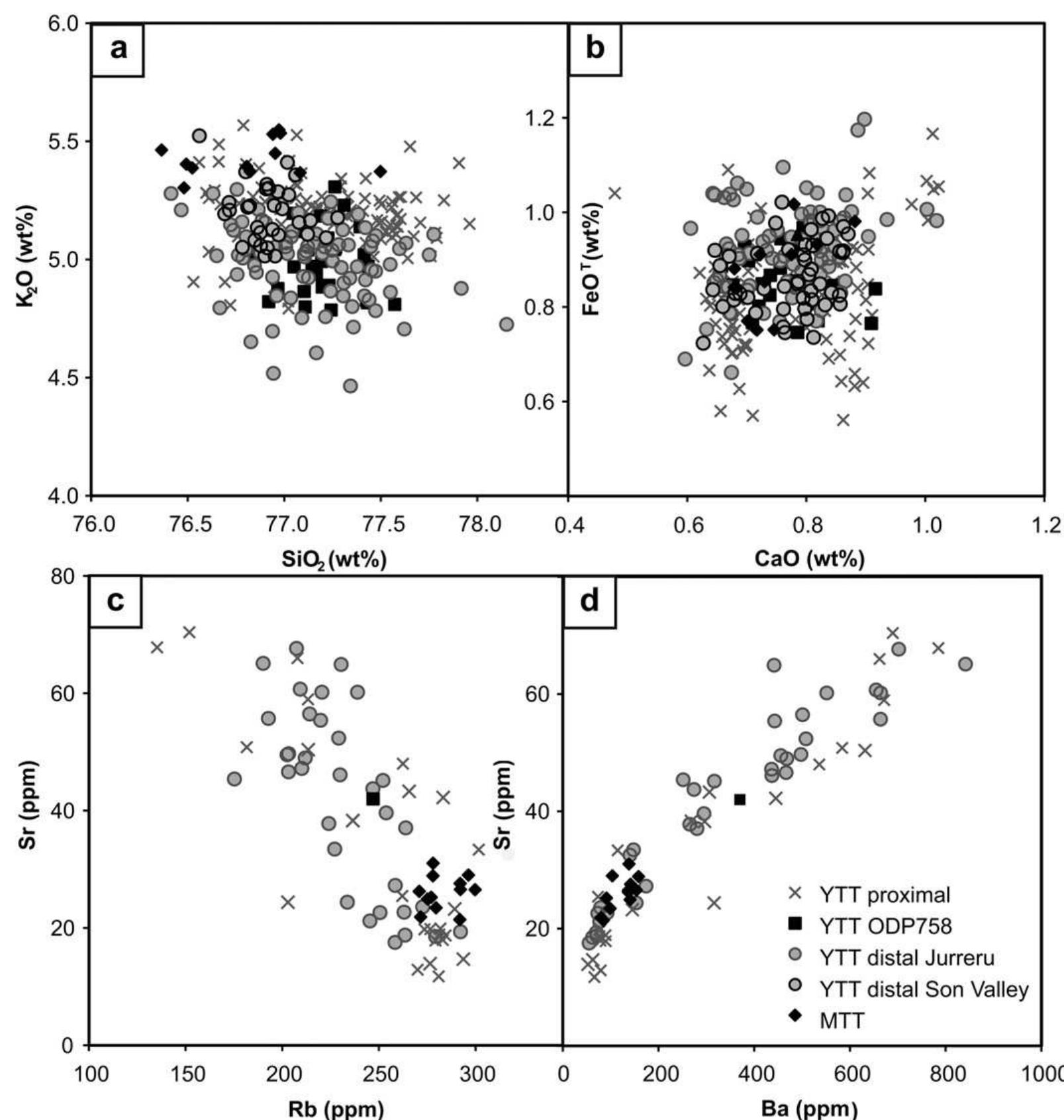Key research themes
1. How can precise dating and ice core reconstructions improve understanding of volcanic eruption timing and their climate forcing over the Common Era?
This research area addresses the challenges of accurately dating volcanic events and synchronizing these dates with climate proxy records to robustly quantify the timing, magnitude, and climatic impacts of volcanic forcing over the past millennia. Precise eruption timings enable better attribution of observed climate variability to volcanic events and resolve previous mismatches between ice core data and tree-ring proxies.
2. What are the mechanisms and magnitude of aerosol-cloud interactions induced by volcanic eruptions, and how do these influence radiative forcing and climate modeling uncertainties?
This research theme investigates the indirect effects of volcanic sulfate aerosols on cloud microphysics, including cloud droplet size and cloud albedo, which modify Earth's radiative balance. Understanding these aerosol-cloud interactions (ACI) is critical due to their large effect on cooling yet significant uncertainties in climate model representations. Using natural volcanic eruptions as experimental cases enables constraining these interactions and refining future climate projections.
3. How do volcanic eruptions influence climate variability through their impacts on global and regional atmospheric circulation, ocean processes, and feedback mechanisms?
This area focuses on the pathways by which volcanic aerosols affect large-scale climate variability modes and circulation patterns, including atmospheric circulation shifts, ocean circulation changes, and stratospheric chemistry modifications. It investigates the role of volcanic eruptions in triggering abrupt climate transitions and their potential modulation of systems such as the Southern Hemisphere westerlies and deglaciation, emphasizing multi-proxy constraints and coupled model diagnostics for understanding both immediate and lagged climatic responses.












































